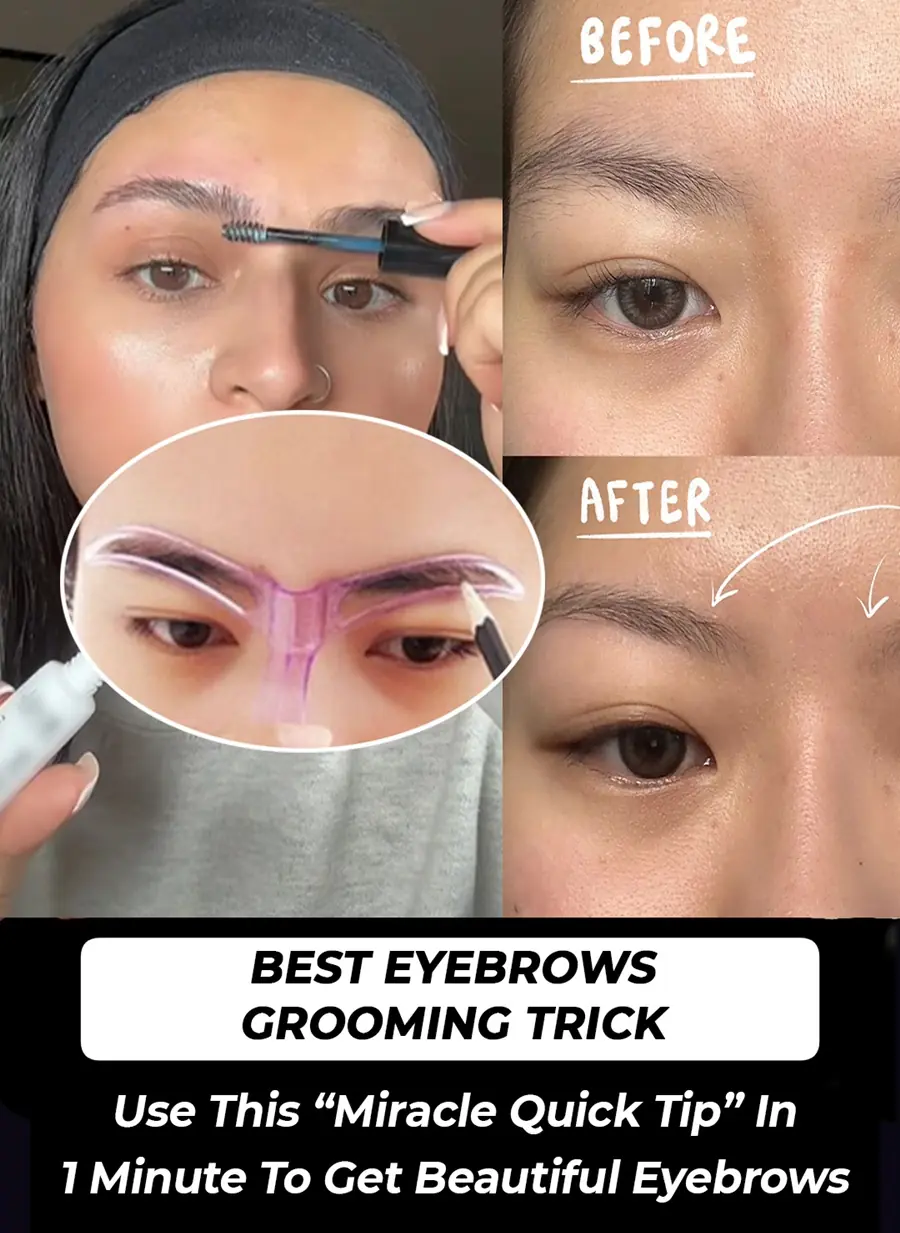
US Researchers Develop Ultra-Light Metal Foam That Stops Armor-Piercing Bullets
Researchers in the United States have developed an innovative metal foam that combines extreme lightness with remarkable protective capabilities. This new material is even lighter than water, yet it can stop armor-piercing bullets, offering a breakthrough in lightweight protection technologies. The secret lies in its structure: the foam contains numerous microscopic air pockets that dramatically reduce weight while maintaining very high resistance to impact. This unique combination allows it to absorb the energy of high-velocity projectiles while minimizing material density. (North Carolina State University, Science Daily)
High-Performance Testing in Military Applications
Extensive testing at North Carolina State University has demonstrated the foam’s impressive capabilities. During laboratory trials, the material successfully blocked rounds typically used in military operations, including high-velocity armor-piercing bullets. Its performance is comparable to much heavier steel plates, highlighting its potential as a revolutionary material for protective systems. Additionally, the foam exhibits excellent resistance to heat and energy transfer, which enhances its utility in environments where extreme temperatures and repeated impacts might compromise conventional armor. Findings from peer-reviewed Materials Science & Engineering journals confirm both its structural integrity and energy absorption efficiency, emphasizing that this is not merely theoretical research but a practical solution with real-world applications.
Implications for Vehicles and Protective Gear
The development of this metal foam has far-reaching implications. In vehicles such as military trucks, armored personnel carriers, and even aircraft, reducing armor weight can substantially improve fuel efficiency and overall mobility. Lighter armor can also increase payload capacity, allowing for more equipment or supplies to be carried without compromising protection. Beyond vehicles, the foam has potential applications in personal protective equipment, including helmets, body armor, and shields, offering soldiers and first responders better protection with less physical burden. Reports from The Verge and other technology outlets highlight the significance of these advantages, showing that lighter, highly protective materials can transform both military and civilian safety technologies.
Collaborations and Future Research
Both academic research groups and the US Army are actively studying this metal foam for future protection systems. The US Army Research Laboratory is particularly interested in exploring how the foam can be integrated into next-generation armor for personnel and vehicles. Collaborative projects are ongoing to optimize production methods, scale the material for larger applications, and further enhance its ballistic performance. Researchers are also investigating potential hybrid designs, combining the foam with ceramics or other metals to create multi-layered armor systems that maximize both protection and weight efficiency.
Energy Absorption and Durability
One of the standout features of this metal foam is its ability to absorb and dissipate energy effectively. The microscopic air pockets act as shock absorbers, allowing the material to deform under impact without catastrophic failure. Additionally, the foam’s resistance to heat makes it suitable for high-temperature environments, where conventional armor might weaken. These characteristics were confirmed in multiple tests and documented in Materials Science & Engineering publications, making the technology promising not only for military use but also for industrial applications where lightweight, strong, and heat-resistant materials are needed.
Conclusion
This development represents a major advancement in materials science and protective technology. By creating a metal foam that is lighter than water yet capable of stopping armor-piercing bullets, US scientists have opened the door to lighter, more efficient, and more versatile armor solutions. Whether applied to vehicles, aircraft, or personal protective gear, this material has the potential to significantly enhance performance while reducing weight, fuel consumption, and operational constraints. As research continues and the technology moves closer to practical implementation, it may redefine the standards of protection in both military and civilian contexts. (North Carolina State University, Science Daily, Materials Science & Engineering, US Army Research Lab)
News in the same category

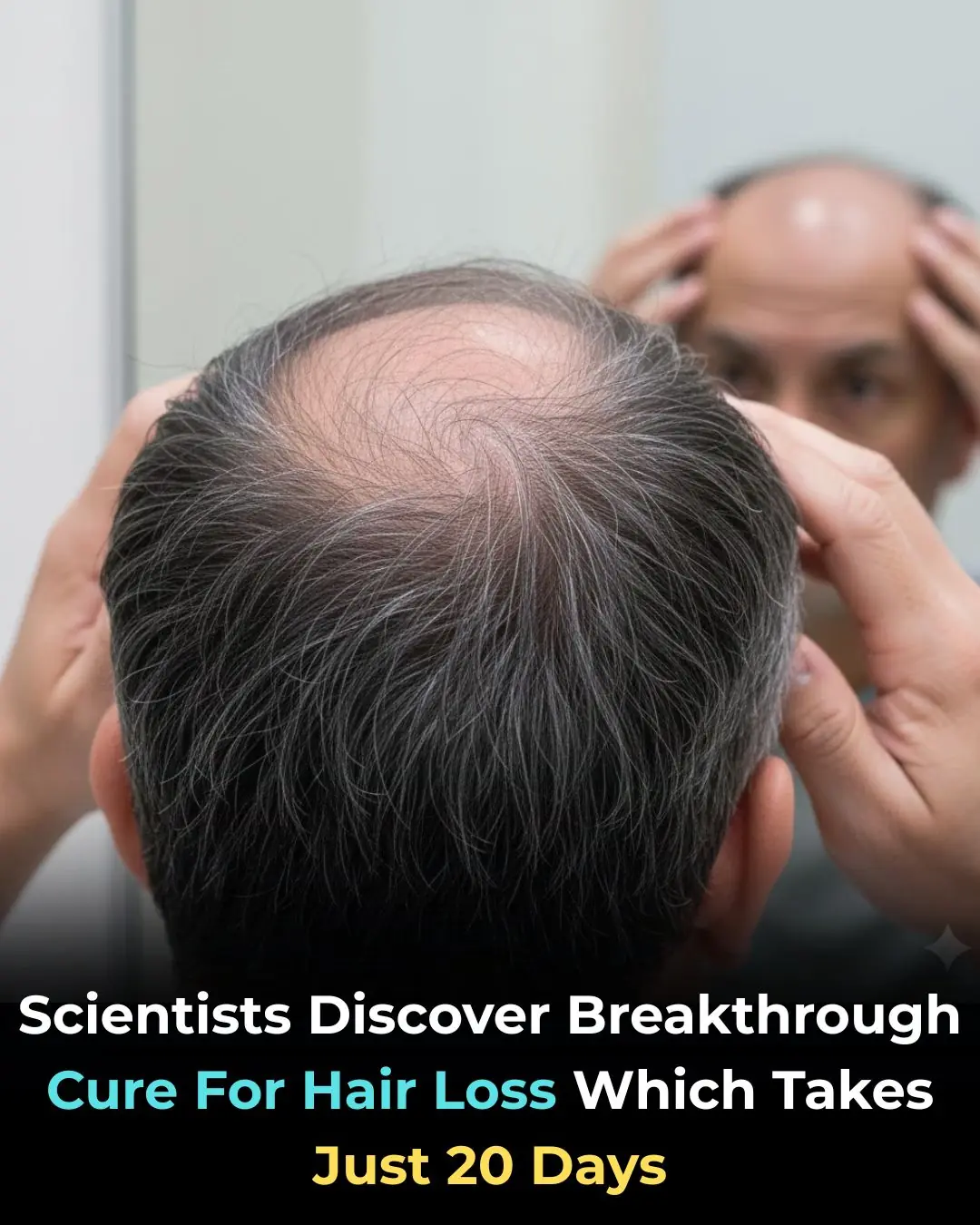
Breakthrough Hair-Loss Treatment

Which Raw Food Would You Eat
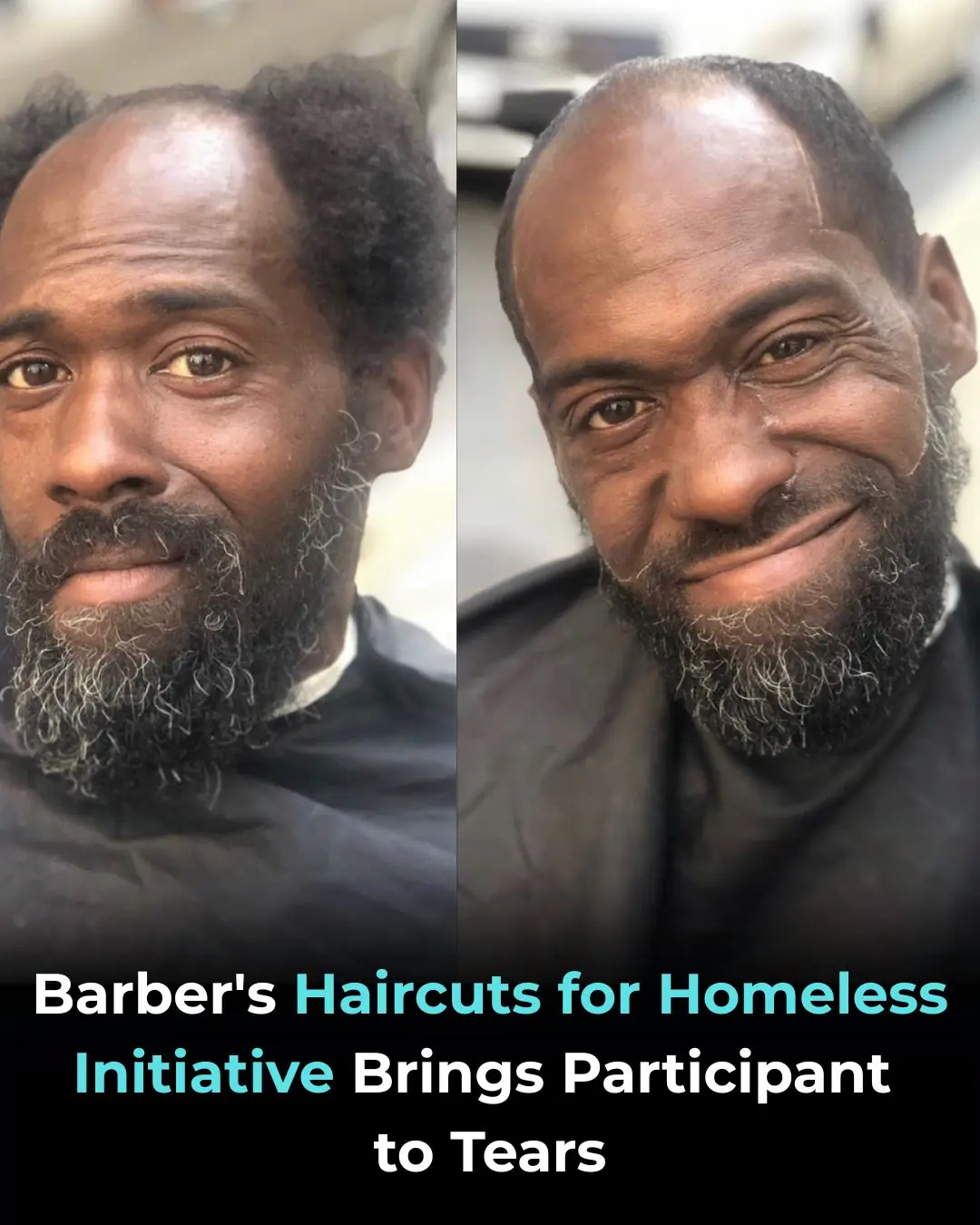
Barber’s Haircuts for Homeless Initiative Brings Participant to Tears

Oprah Winfrey Selects Tina Knowles’ Memoir ‘Matriarch’ for Book Club in a Tearful, Powerful Moment

Common Remembers The Time He Told Chance The Rapper To ‘Keep Following His Dreams’

Vanessa Bryant Pays Tribute to Late Daughter Gigi After UConn NCAA Championship Win

Meet Dreena Whitfield-Brown, the Powerhouse NJ Publicist Named One of Inc. Magazine’s Top Female Founders of 2025

Chadwick Boseman Bust Unveiled at Dedication of Fine Arts Center Renaming in Hometown of South Carolina

This Dad Will Do Anything for His Girls, Including Making Sure He Wins Musical Chairs at a Daddy-Daughter Dance

Study Finds Parents Show More Affection to Daughters Than Sons Worldwide

Mauro Morandi: Living 33 Years in Complete Solitude on a Remote Italian Island
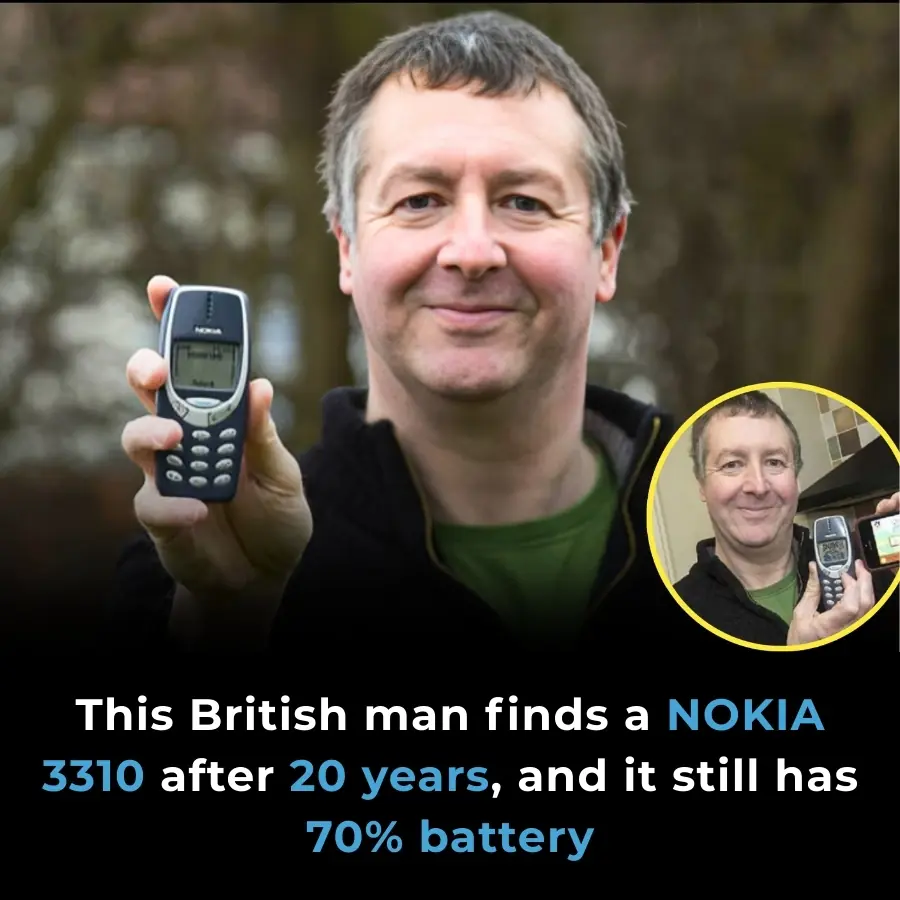
Twenty-Year-Old Nokia 3310 Still Holds 70% Battery, Highlighting the Longevity of Early Mobile Phones

Magnetic Rice-Sized Robot Could Revolutionize Non-Invasive Kidney Stone Treatment

4 Unusual Morning Pains You Should Never Ignore — They May Signal a Hidden Tumor

Warning: The 2 Foods That Trigger Cancer Risk the Most
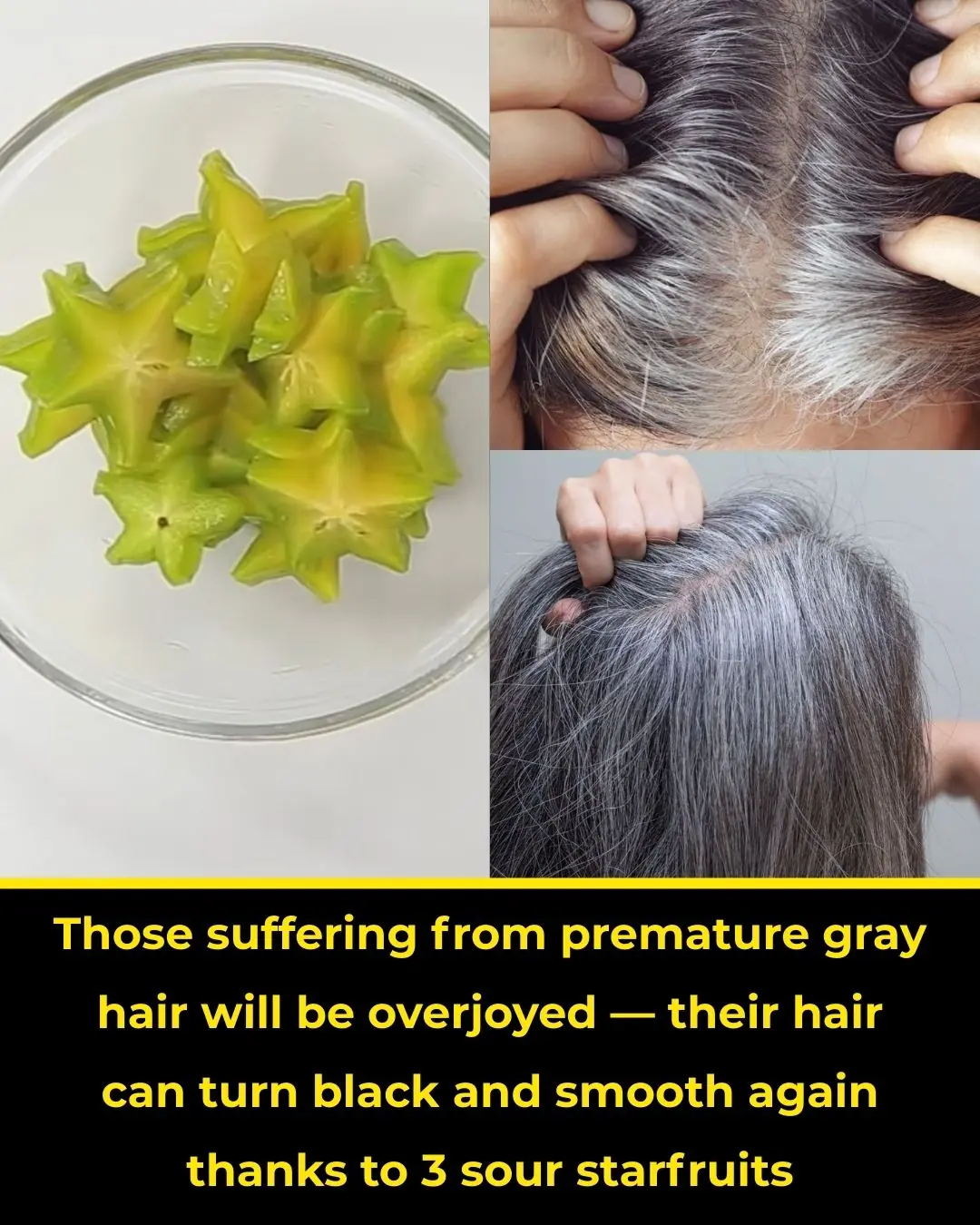
Reverse Premature Gray Hair with a Simple DIY Blackening Remedy Using Starfruit & Potatoes

Goodbye Cavities? A Future Where Teeth Heal Themselves May Be Closer Than We Think
News Post

Why Do We Get Shocked by Static Electricity

What Clearing the Table Says About You
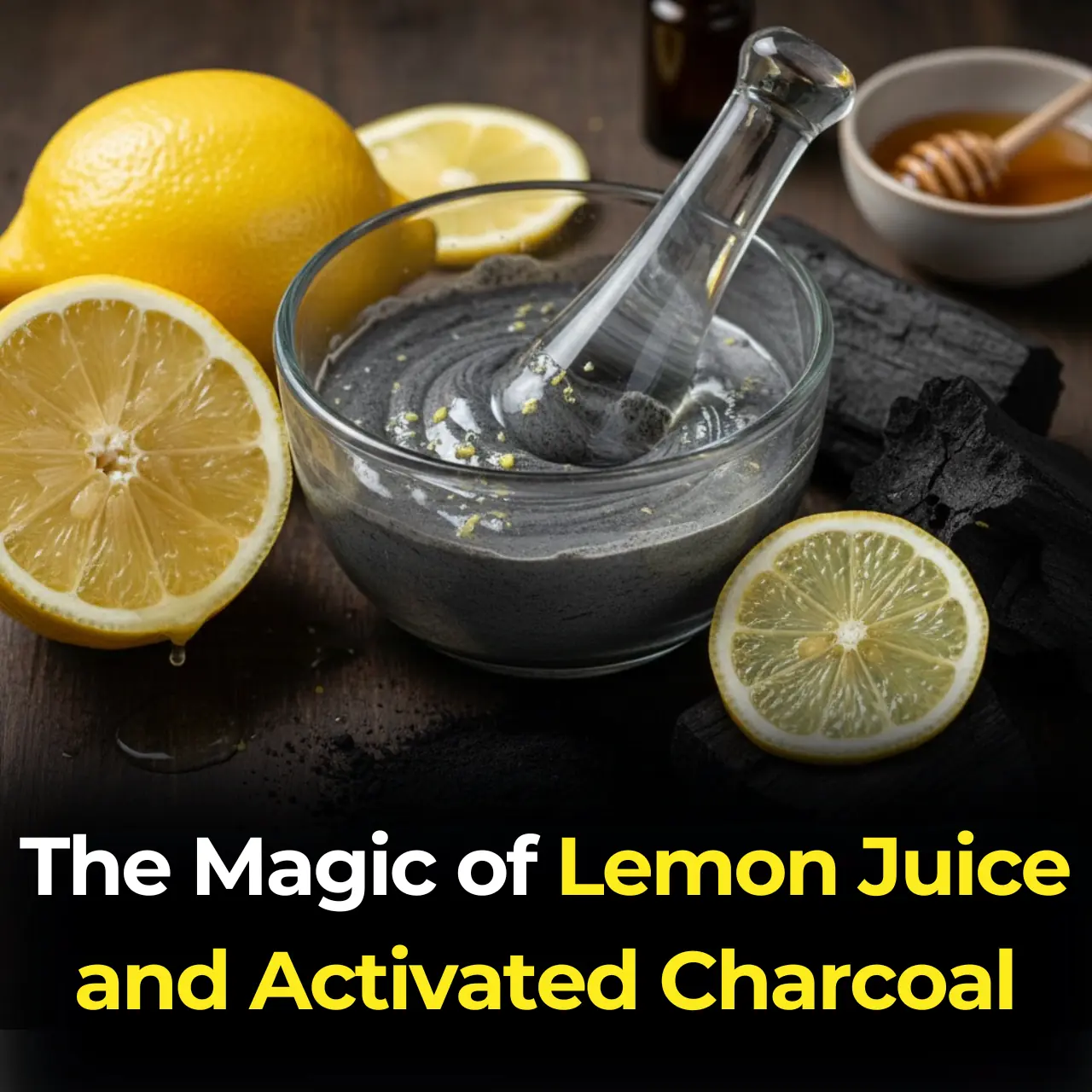
The Magic of Lemon Juice and Activated Charcoal: Natural DIY Solutions for Skin and Teeth

Improve Eyesight Naturally With Onion Tea: Benefits, Uses & How to Make It

Make your own biotin powder for glowing skin
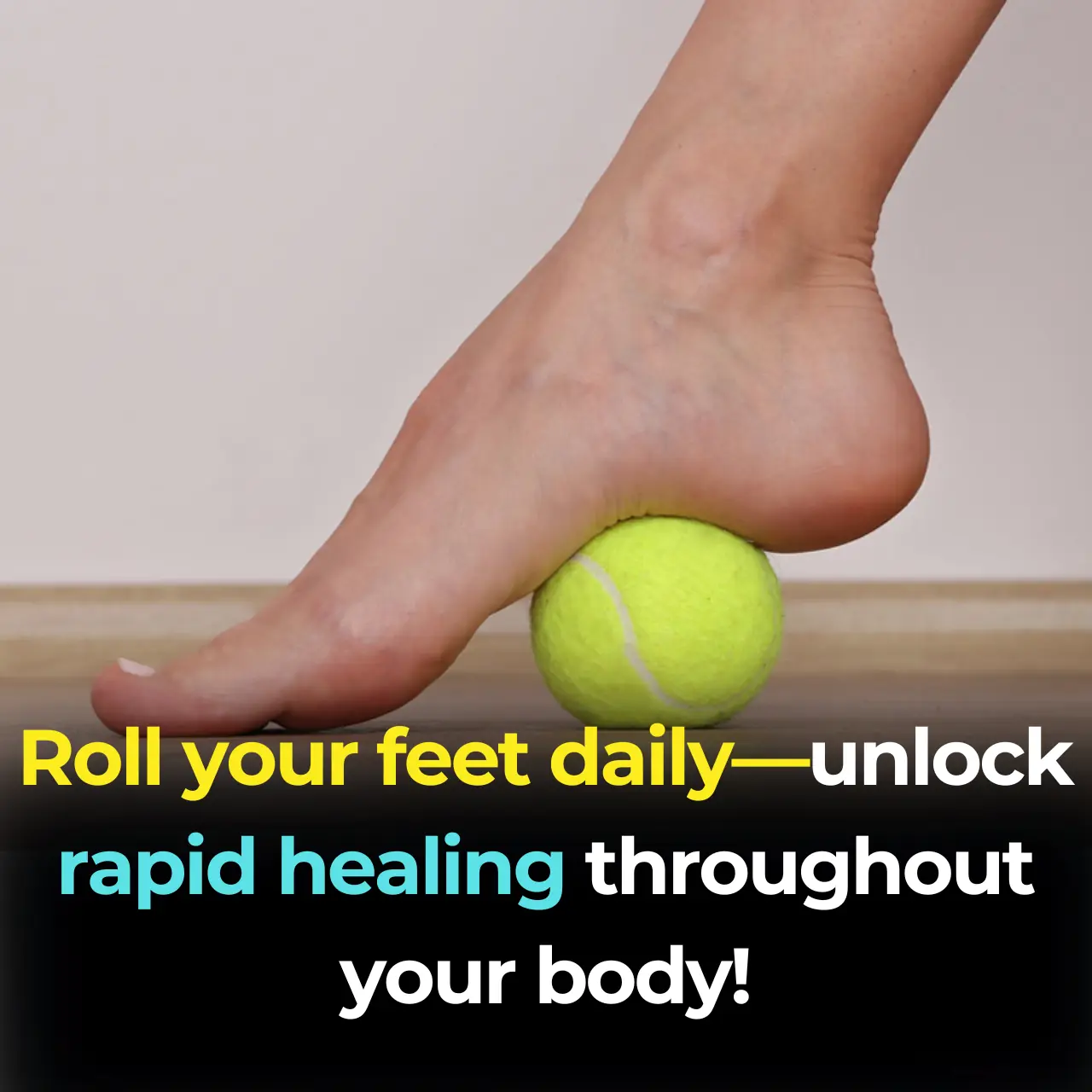
Roll your feet daily—unlock rapid healing throughout your body!

Diabetes? Just boil these leaves to lower blood sugar (without medications)!

How to Get Rid of Bad Breath (Halitosis): Scientifically Proven Home Remedies

What is their purpose in doing so?

Meet Adrian Octavius Walker, the Photographer Whose Impact Extends From Ferguson to the Smithsonian

Breakthrough Hair-Loss Treatment

Which Raw Food Would You Eat

Barber’s Haircuts for Homeless Initiative Brings Participant to Tears

Oprah Winfrey Selects Tina Knowles’ Memoir ‘Matriarch’ for Book Club in a Tearful, Powerful Moment

Common Remembers The Time He Told Chance The Rapper To ‘Keep Following His Dreams’

Potato Toner for Clear Skin, Dark Spots, and Pigmentation: A Comprehensive Guide to Restoring Your Natural Glow
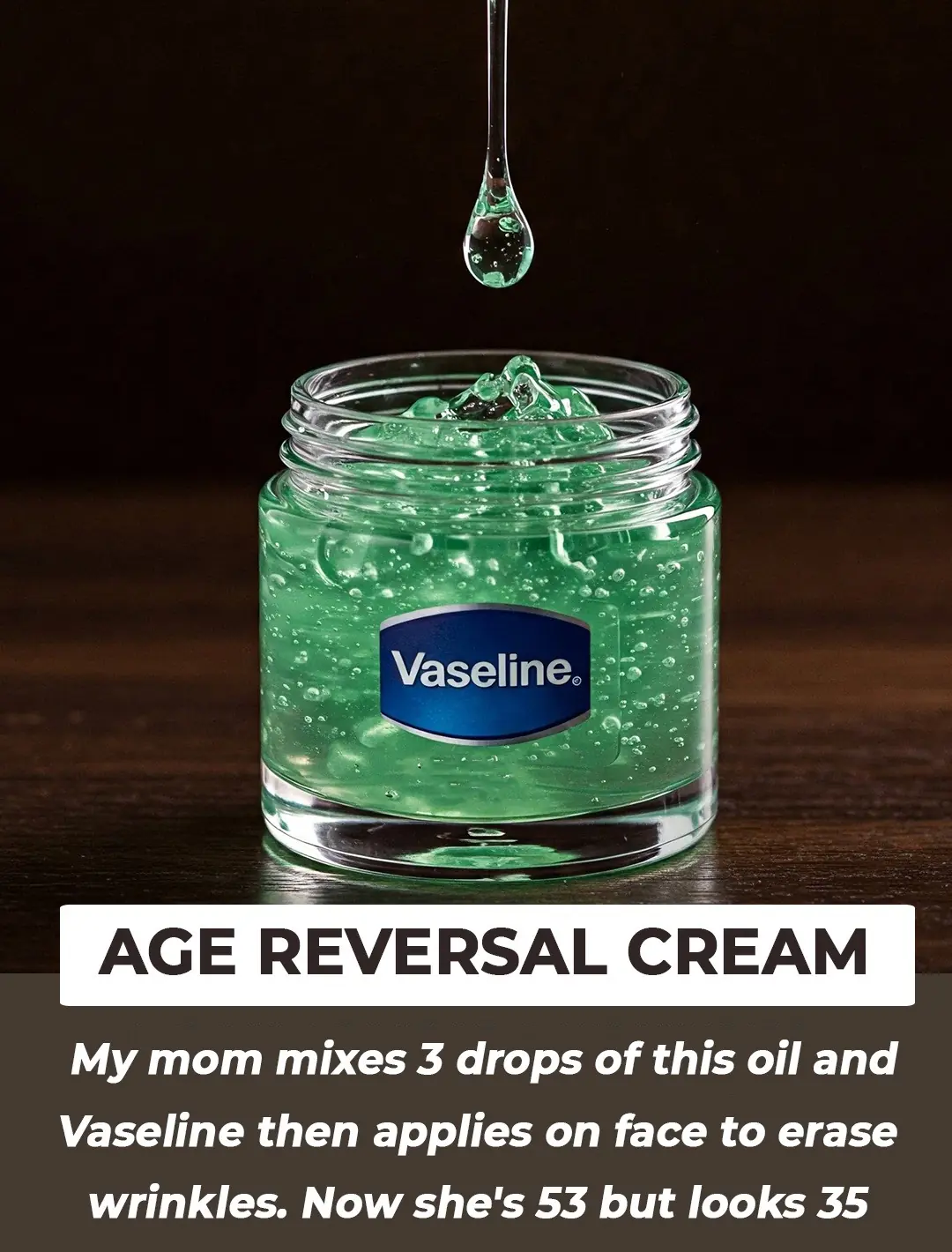
Add This Oil to Vaseline To Get Rid Of Wrinkles
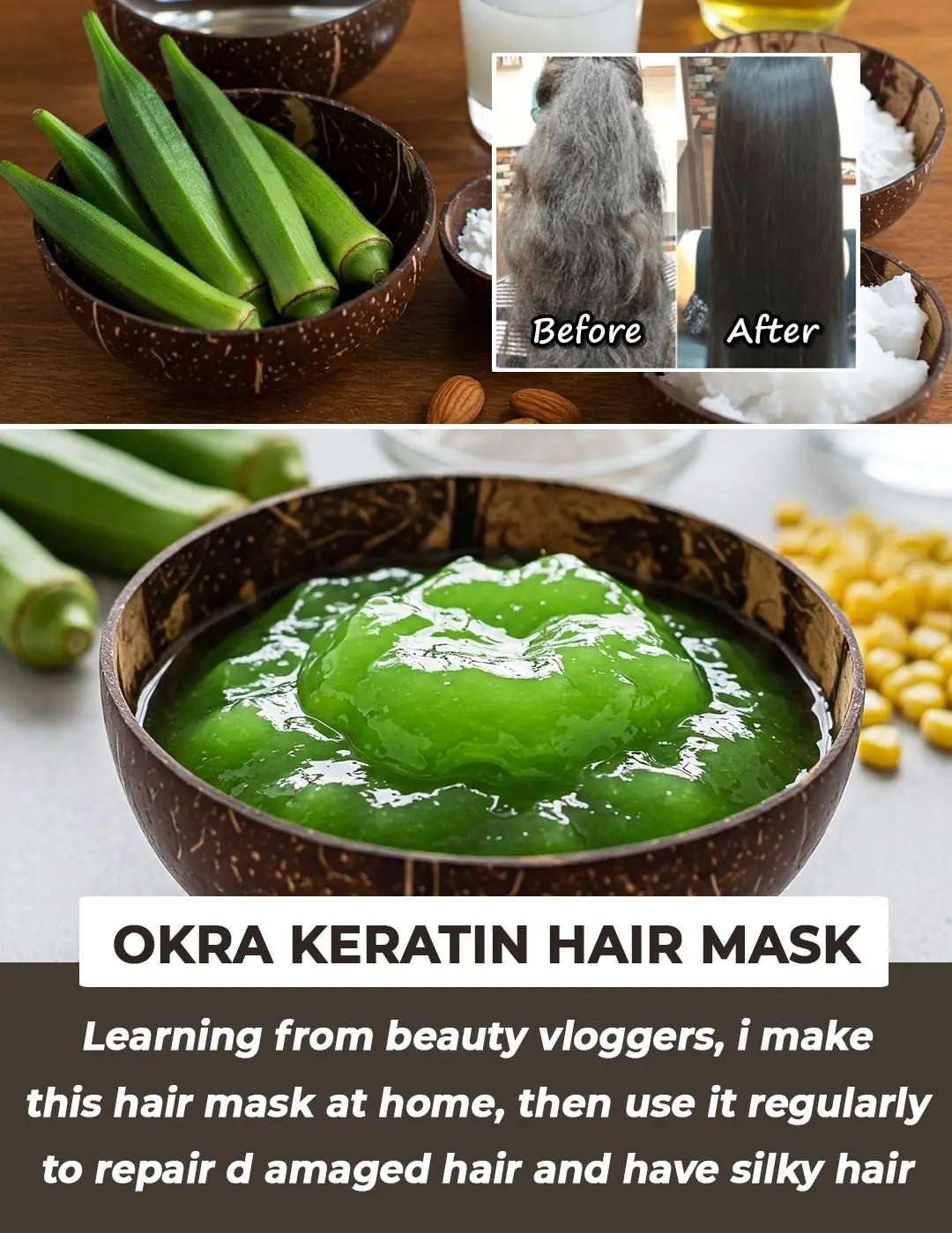
DIY Okra-Based Keratin Treatment for Silky, Strong Hair: Transform Your Hair Naturally At Home
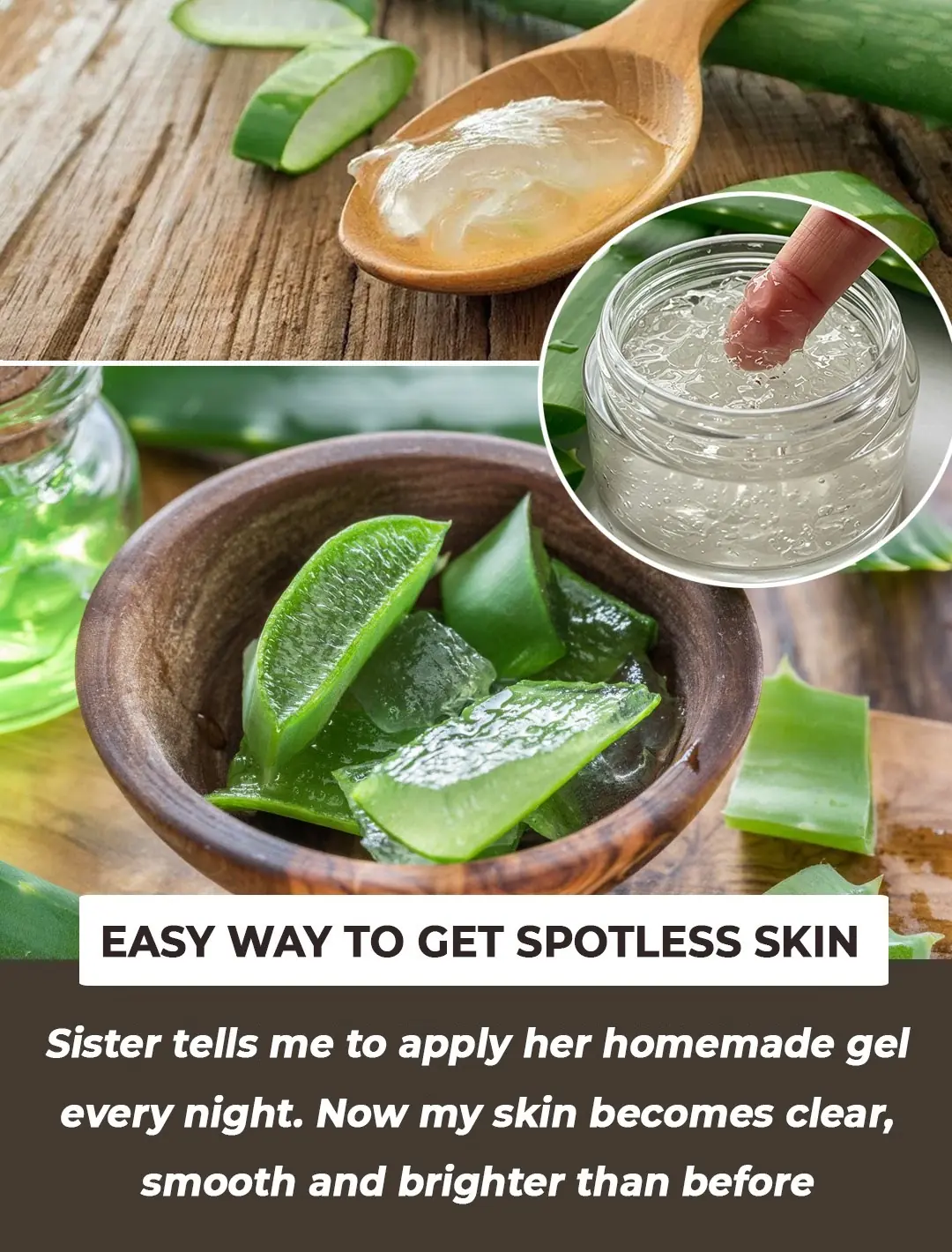
Homemade Aloevera Gel – How to Make Aloe Vera Gel at Home
